Village Zoning Board rejects 7-9 Main St. variances

The Village Zoning Board decided not to grant variances to increase the allowable residential density of 7-9 Main St. in the Village of Millerton. Members of the zoning board said this decision closes the book on the years-long saga that began when Gvkgne Realty Inc. began attempts to renovate the building in 2023.
File photo
 The Village of Millerton Zoning Board of Appeals met on Tuesday, June 3 to decide on a 7-9 Main Street case. Photo by Aly Morrissey
The Village of Millerton Zoning Board of Appeals met on Tuesday, June 3 to decide on a 7-9 Main Street case. Photo by Aly Morrissey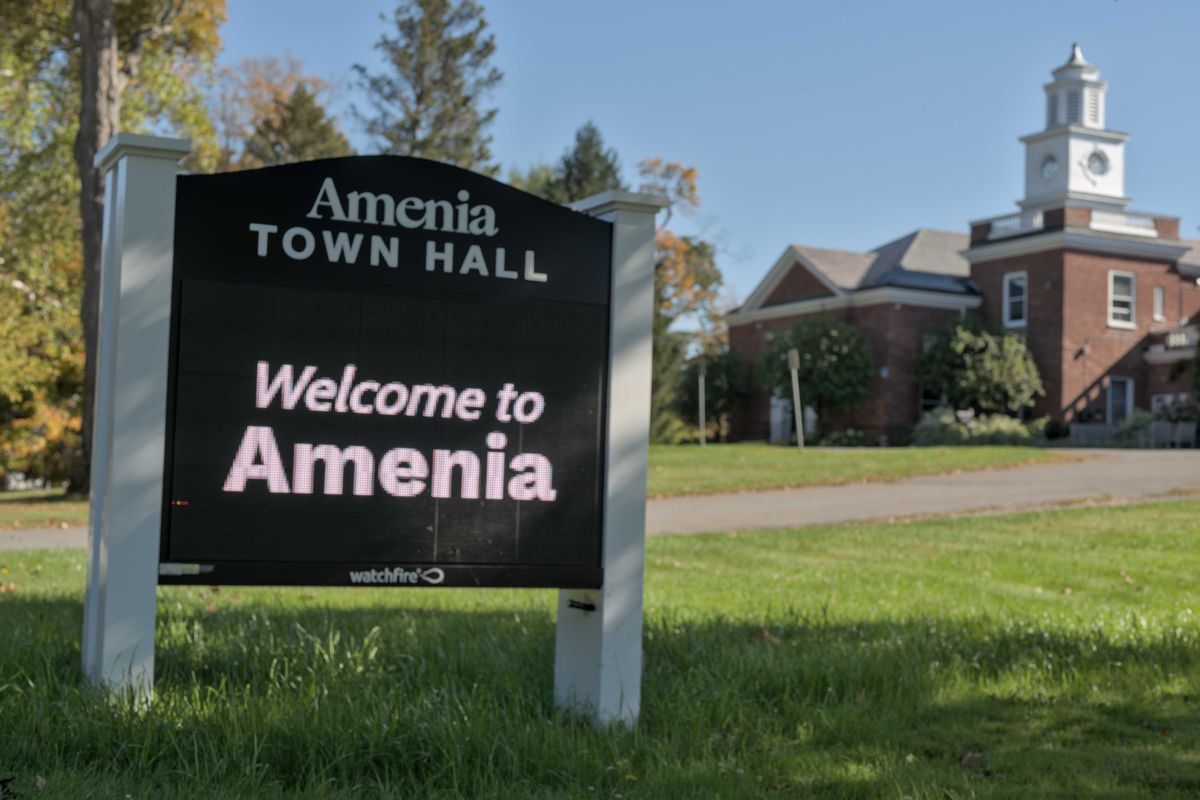
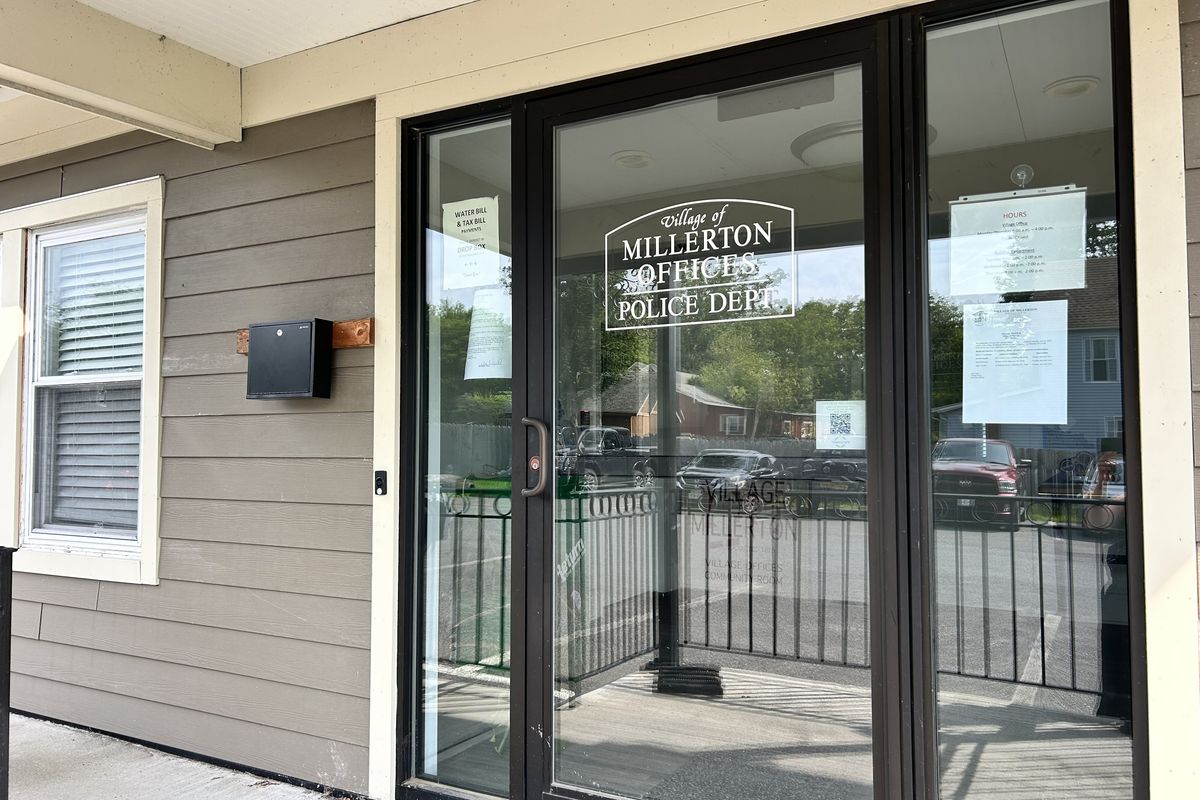



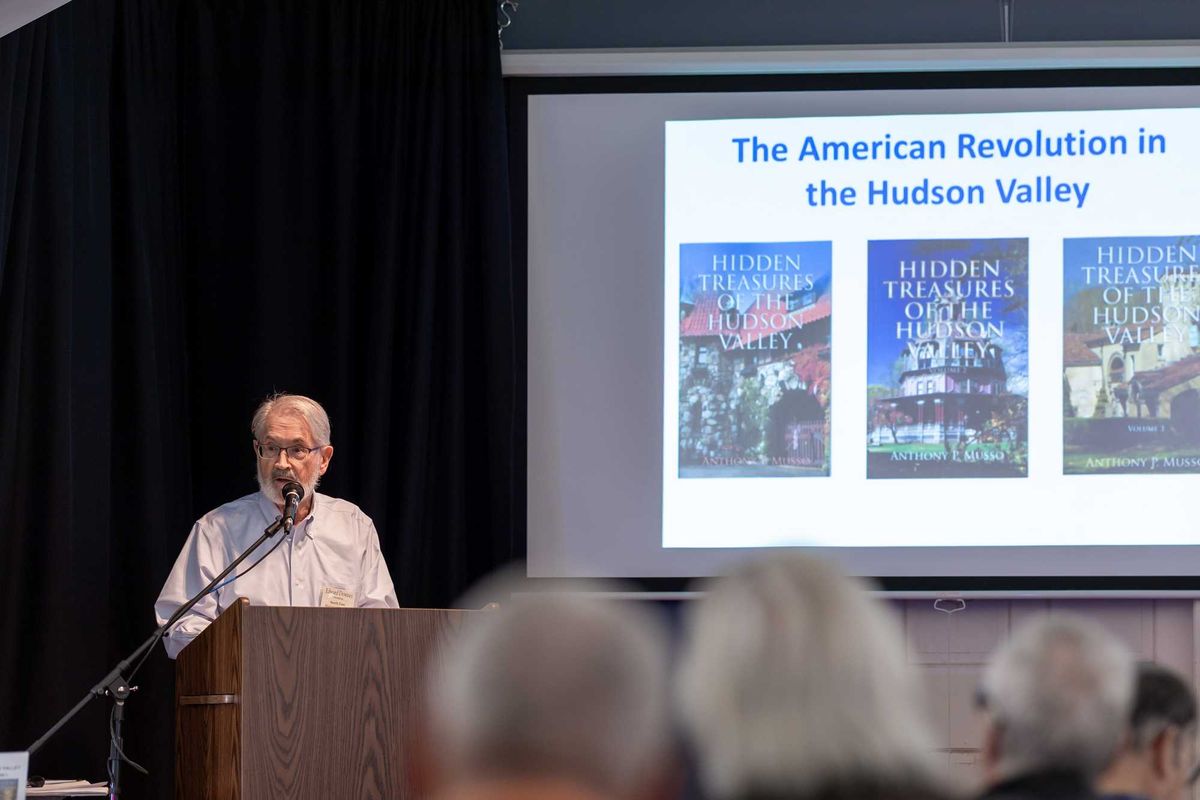

 Artist Katro StormNatalia Zukerman
Artist Katro StormNatalia Zukerman
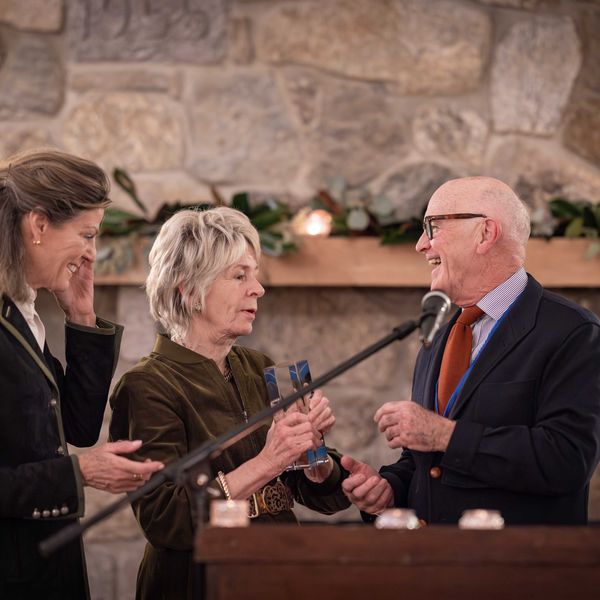
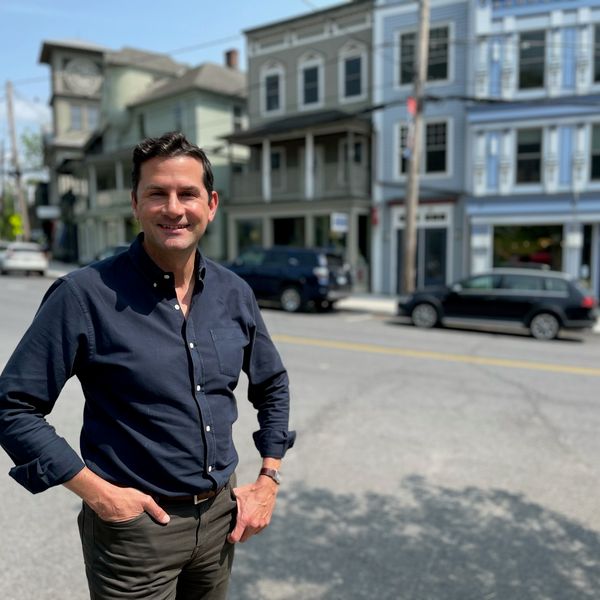

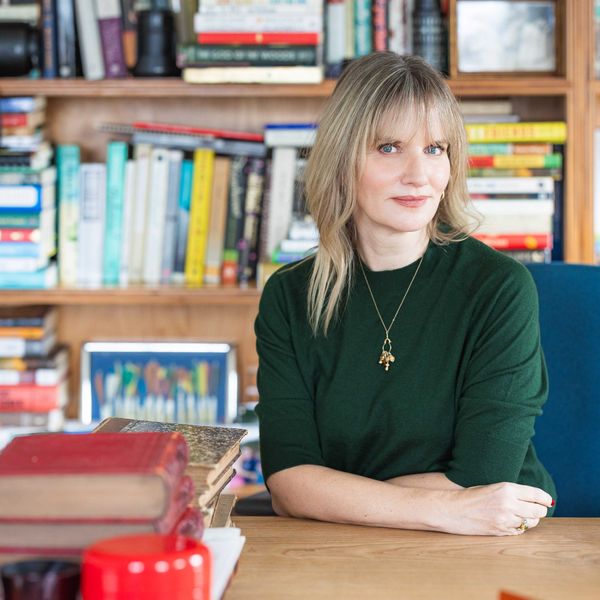
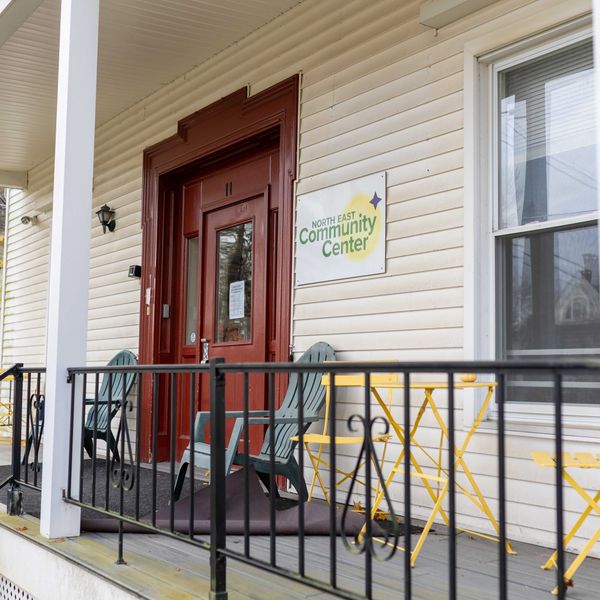
Amenia Town Board adopts 2026 Town Budget